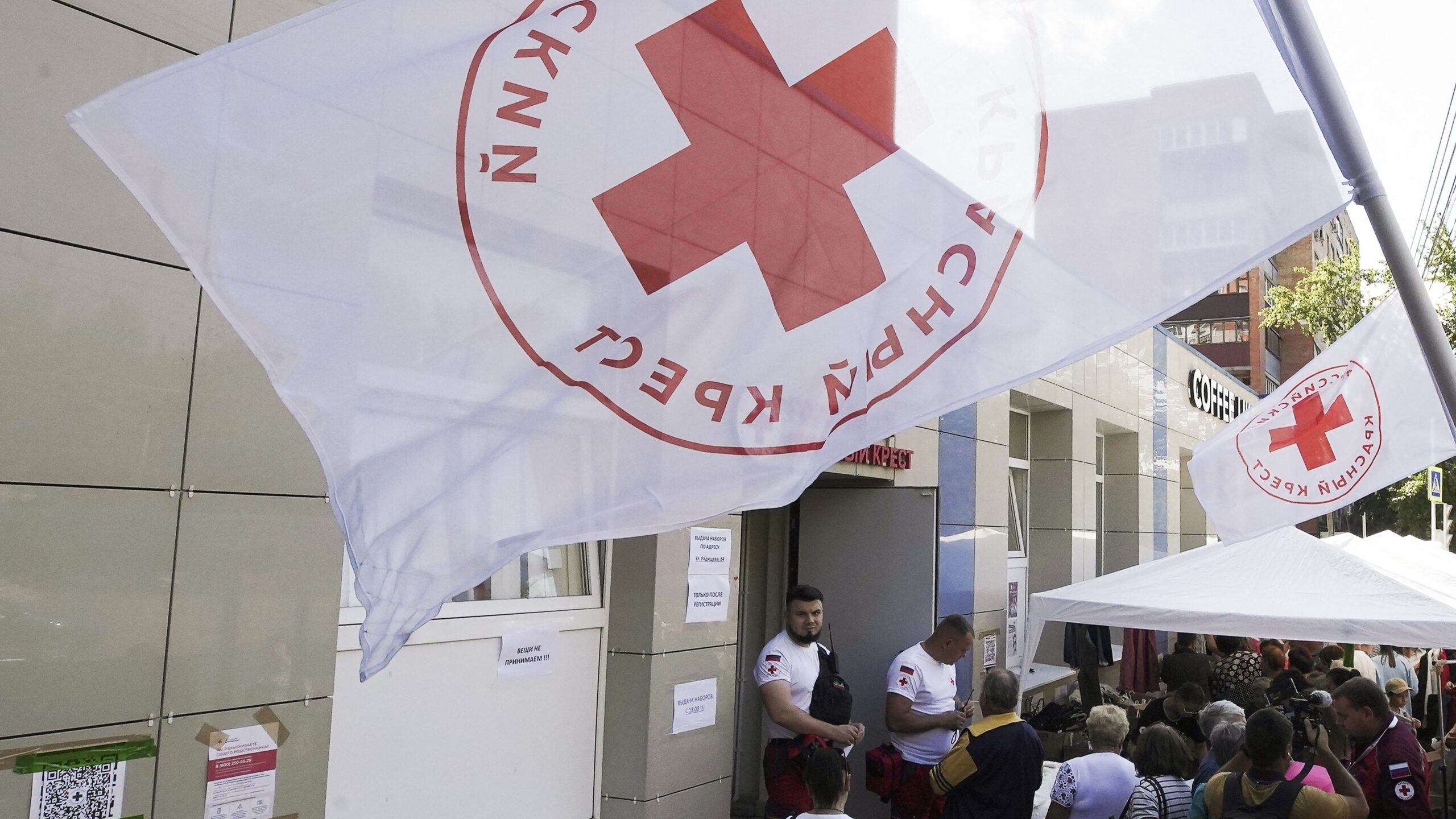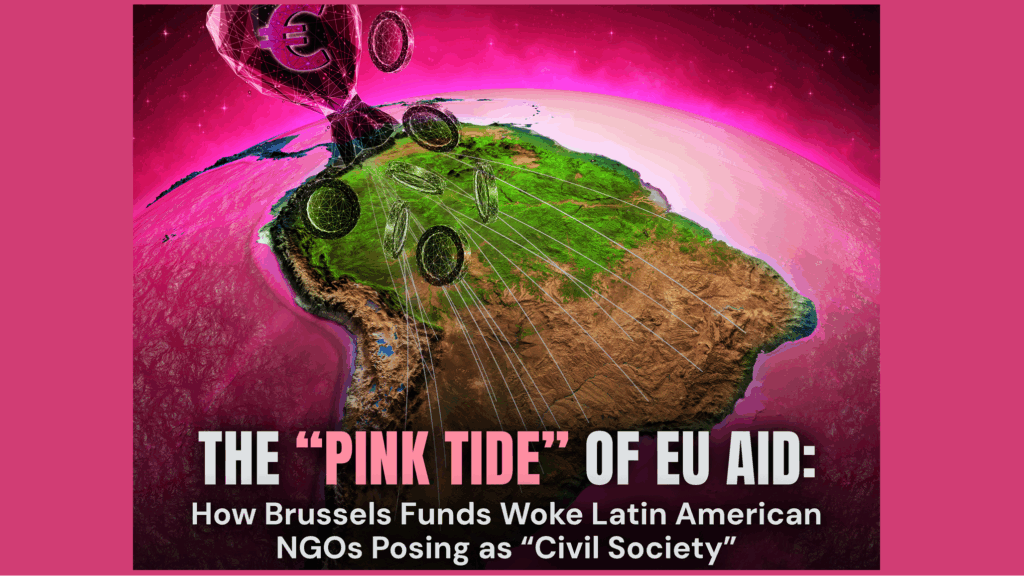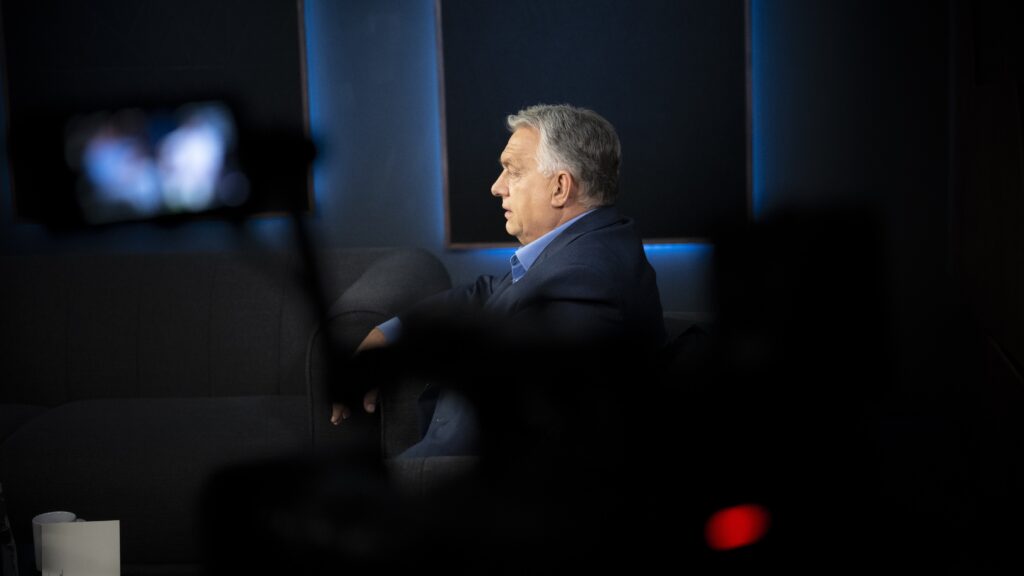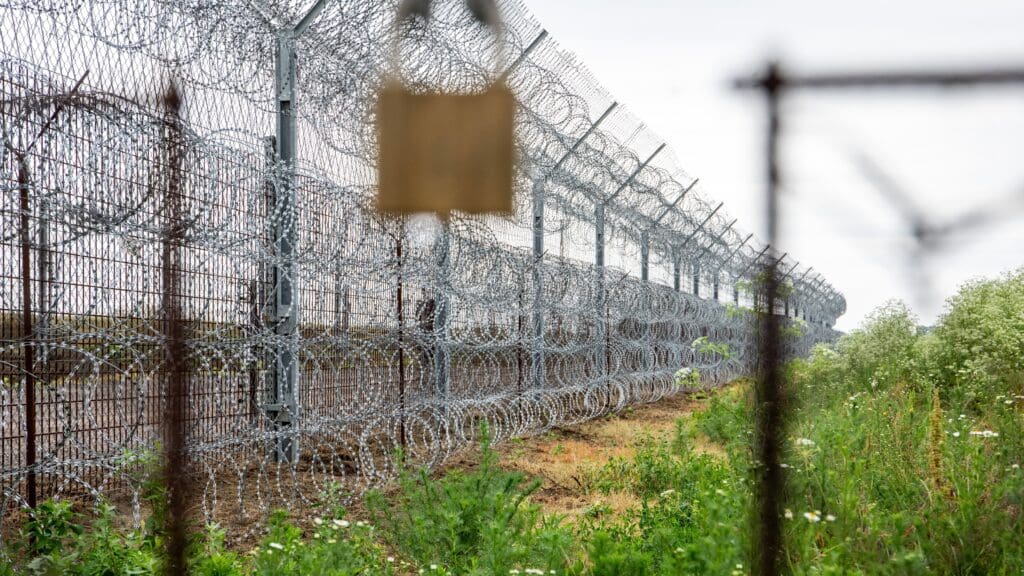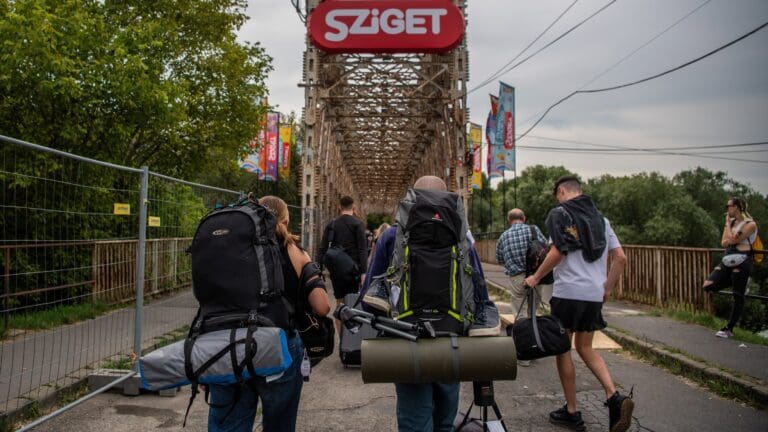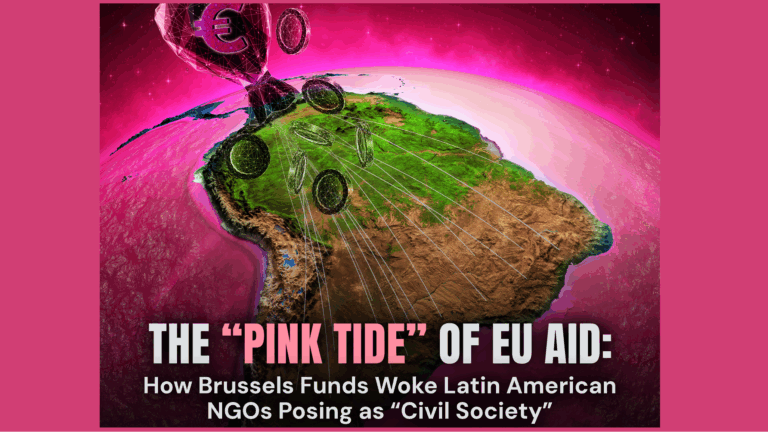On 13 August the European Commission disbursed nearly €4.2 billion to Ukraine under Pillar 1 of the Ukraine Facility. The finance plan that aims to support Ukraine‘s recovery from the effects of the aggression by Russia went into force on 1 March this year. During the four-year plan, the EU aims to provide up to €50 billion in grants and loans for the country’s recovery, reconstruction, and modernization whilst implementing key reforms for its EU accession path. So far, a total of €12 billion in EU funding has been disbursed to the Ukrainian government under the Facility.
The EU payments were earmarked for different reforms that Ukraine had had to fulfil, therefore the Council first had to endorse the Commission’s assessment that nine reform indicators linked to the first regular quarterly payment had indeed been realized by Ukraine. These conditions, covering public financial management, governance of state-owned enterprises, business environment, energy and demining have been set out in the Ukraine Plan. Ukraine has already received €6 billion in bridge financing and €1.9 billion in pre-financing within the frame of the Plan.[i]
The announcement regarding the support was made
right after Ukraine’s President Volodymyr Zelenskyy acknowledged the Ukrainian incursion into Russia
on Monday. The military operation of Ukraine in the Kursk region is an attempt to stop Russian shelling where is comes from. Zelenskyy argued that the operation may be useful for bringing peace closer and added that ‘Russia must be forced into peace’. Ukraine also stated that it is not interested in taking the territory of the Kursk region, rather aims to protect the lives of Ukrainians. Zelenskyy also said that he plans to draw up a ‘humanitarian plan’ for the area, where around 76,000 residents have been evacuated since the fighting began. However, as the EU is not directly involved in Ukraine’s military offensive in Russia, it did not comment on the operation launched by Ukraine.
According to Russian statements made on Tuesday, Russian army units have stopped the Ukrainian offensive near the Kursk settlements of Obshchy Kolodez, Snagost, Kauchuk, and Alexeyevsky. In contrast, Ukraine claims that its forces now control 74 communities in the Kursk region, which makes up 1,000 square kilometres. Zelenskyy claimed that Ukraine has the capability of achieving its goals in any situation.
‘We are paying attention to every direction of our state’s defence, to all frontline areas: the Donetsk region and Pokrovsk, Toretsk, the Kramatorsk directions, the Kharkiv region, and the South. Special attention is paid to the Kursk region, and thus to the protection of all our border communities nearby,’
he added. Ukrainian Foreign Ministry spokesman Heorhii Tykhyi underscored that Russia had launched more than 2,000 strikes from the Kursk region in recent months using anti-aircraft missiles, artillery, mortars, drones, 255 glide bombs and more than 100 missiles.
In its latest statement of 13 August, the Institute for the Study of War noted that
Ukraine’s Kursk offensive is a pivotal moment in the war with the potential to change its trajectory.
According to the US-based think tank, Ukraine has achieved operational surprise against significant odds at the border between the regions of Sumy and Kursk. Even though Russian forces have stabilized the front line, the ISW argues that Ukrainian forces appear to be advancing further within the Kursk region. The Institute also highlighted that the Ukrainian attack hit Moscow unexpectedly and was an embarrassment to Russian military leaders.
Russian President Vladimir Putin said that the incursion has already caused more than 100,000 civilians to flee, being an attempt by Kyiv to stop Moscow’s offensive in the Donbas region and gain advantage in possible future peace talks. He also noted that with the attack starting on 6 August Ukraine hoped to cause public unrest in Russia; nevertheless, the attempt was unsuccessful. He said that Moscow forces will carry on with their offensive in eastern Ukraine, while President Zelenskyy aims to make full use of Ukraine’s achievements in the Kursk offensive.
Related articles:

